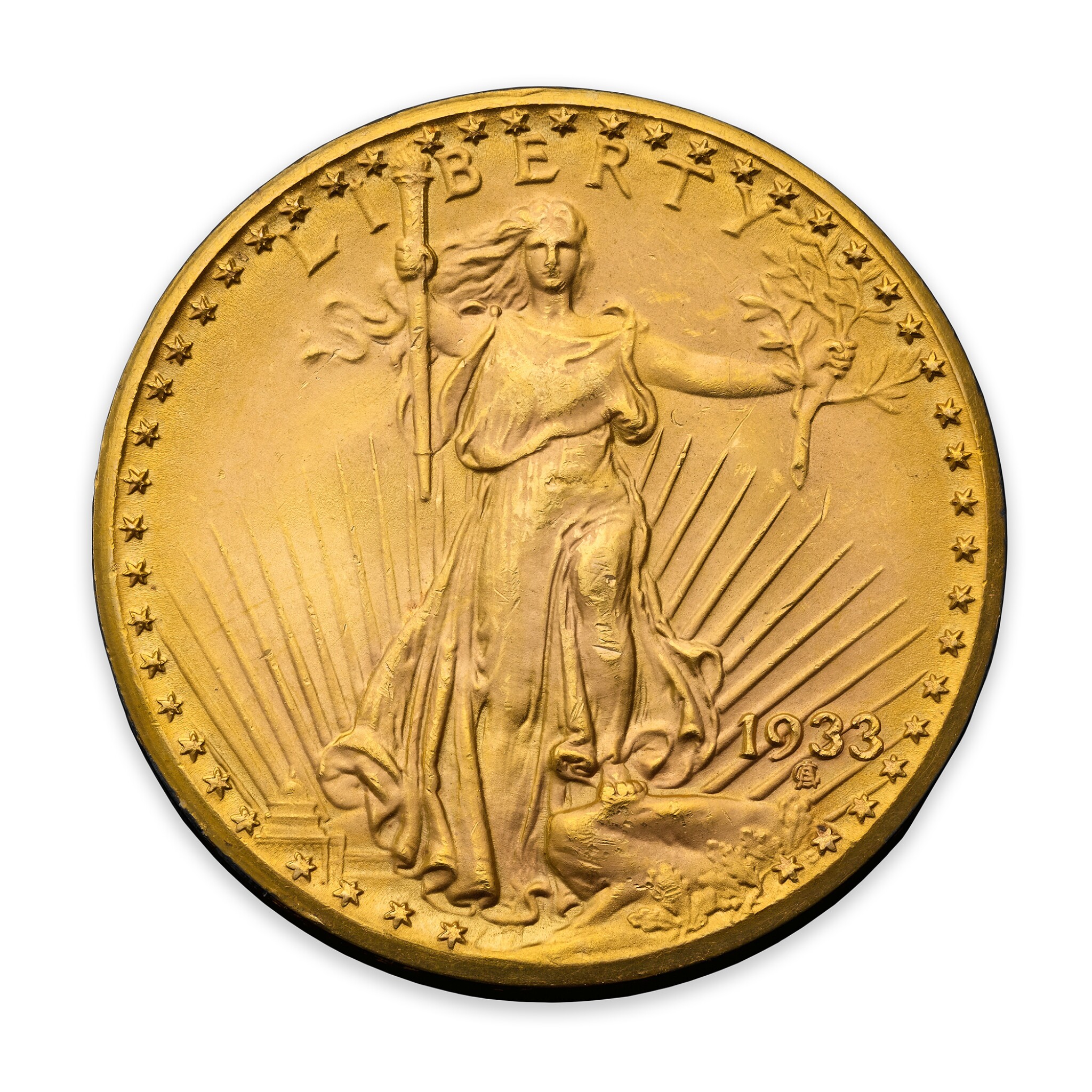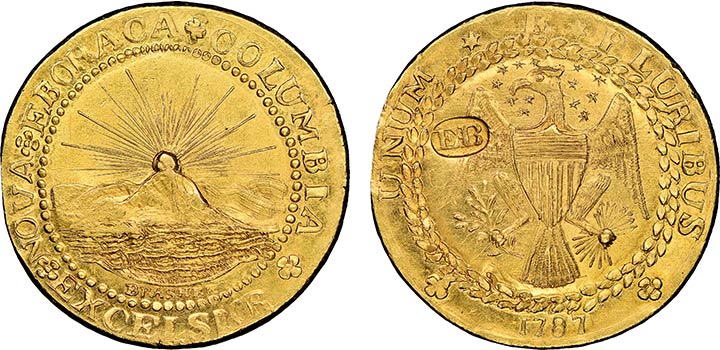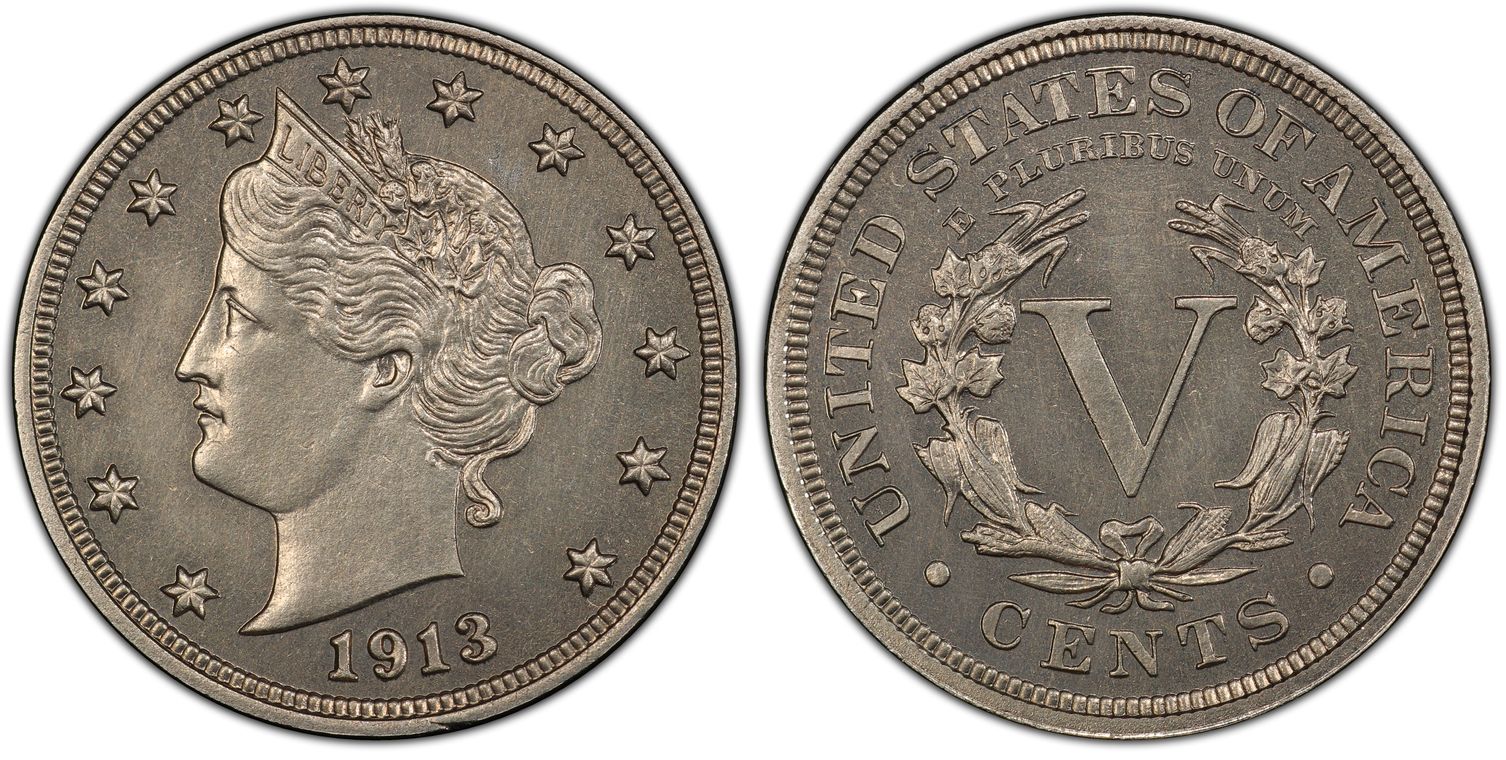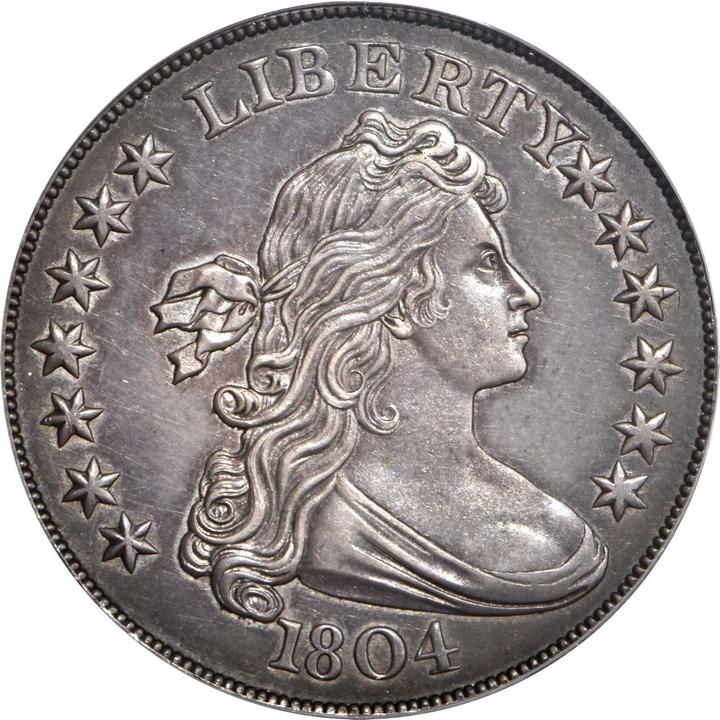Top 6 Most Expensive U.S. coins
Posted by Bullion Shark on Jun 21st 2021
The Most Expensive U.S. coins
Some of the rarest and most valuable coins are either stored in museums or held in private collections and never come up for sale such as the 1849 pattern $20 gold coin – the first gold coin struck by the Philadelphia Mint using gold discovered during the California gold rush. Both examples are part of the National Numismatic Collection that is part of the Smithsonian Institution’s Museum of Natural History.
The following six U.S. coins are those that have sold for the highest amounts to date at auctions. For of them traded hands most recently in sales that occurred in 2020 or 2021.
1933 double eagle PCGS MS65 CAC
During an auction held last week by Sotheby’s in New York City the most famous/infamous American coin – the 1933 Saint-Gaudensdouble eagle gold coin -- was sold by designer shoe maven Stuart Weitzman, who purchased the coin in 2002 for $7,377,000, sold to an anonymous buyer for an astounding $18,872,250! – a new world record for the highest amount ever paid for any coin and more than double than previous record. The price is a clear indication of the strength of the U.S. coin market today. This coin was graded MS65 by PCGS but was not slabbed at the owner’s request.
This coin is the only example of this issue that is legal to own of the estimated 13 or so that are known to still exist of the original mintage of 445,500 with 2 in the Smithsonian and 10 held in Fort Knox that were confiscated from the heirs of Israel Switt, the Philadelphia jeweler who is believed to have conspired with a Mint employee to get the coins out of the Mint in 1933.
1794 Flowing Hair dollar PCGS SP66
The previous record holder for most valuable coin is this coin, which is the finest known example of the first silver dollar struck by the U.S. Mint. It sold in 2013 for $10,016,875 when it was purchased by Bruce Moreland, who had it auctioned last October when it failed to reach its reserve price. There are estimated to be 130 examples of this coin still in existence, which were made to give as gifts to VIPs. The original mintage was 1,758 coins but many were melted due to their poor quality.
1787 Brasher Doubloon NGC MS65
Five years before the U.S. Mint in Philadelphia opened its doors in 1792, a neighbor of George Washington struck 7 examples of this coin, the first gold coins made on our shores. Of those all but one had an “EB” punch mark on the eagle’s wing, while this example – which is also the finest in quality of the 7 examples -- has it on the breast. It sold in 2011 for $7.4 million and then sold in January 2021 for $9,360,000. It was purchased in 1979 for $725,000.
1804 $10 gold eagle NGC PR65 Deep Cameo
In 1804 the U.S. Mint stopped producing gold eagles, which was the highest denomination struck at the time. When President Andrew Jackson wanted to give special sets with one example of each U.S. coin denomination in circulation at the time as gifts during diplomatic missions in 1834-1835, the Mint had to combine the dies from the 1804 gold eagle with the minting technology that existed in the 1830s. It is believed that six of these coins were struck – of which 3 are known to still exist. Of those one is on loan to the American Numismatic Association for its museum while the other two are in private hands. An example that had been owned by famous collector Colonel E.H.R. Green and former Treasury Secretary William Woodin sold for $5 million in a private sake in 2007. The other coin, which is an NGC PR65 DC, was sold by collector Bob R. Simpson in 2020 for an undisclosed amount.
1913 Liberty Head nickel
This is arguably the second most famous American coin, and one that like the 1933 double eagle has been the subject of many books and even featured on an episode of the television show, “Hawaii Five-0.” In 1912 the Liberty Head nickel series ended. Sometime late that year as dies were being prepared for the new Buffalo nickel that would debut in 1913, U.S. Mint clerk Samuel Brown secretly struck five Liberty nickels dated 1913. Two have Proof surfaces, while three are mint state coins. Although those coins were not supposed to be made, they have never been declared illegal to own like the 1933 double eagle.
Brown sold all five coins as a lot in 1924, which was later purchased by Col. E.H. R. Green who owned them until 1936. After that they were sold to individual buyers. This coin was the first to sell for over $100,000 in 1972, and the first to garner over $1 million in 2003. The finest example that was once owned by Baltimore banker and legendary collector Louis Eliasberg, and which grades Proof 66, was sold in 2007 for $5 million and in 2018 for $4,560,000. Another one that was once owned by King Farouk of Egypt known as the Olsen specimen that is graded Proof 64 sold in 2010 for $3,737,500. The Walton coin was sold for between $3-4 million in a private sale. The last two are located in museums, including the Norweb coin which is the Smithsonian, and the McDermott coin that was donated to the ANA museum in 1989.
The 1804 silver dollar, which was known as the King of American coins for many decades, is also very famous and one example sold for over $4 million.
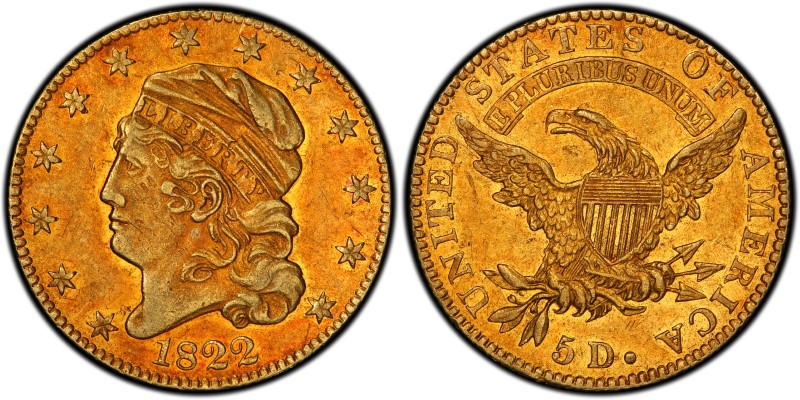
1822 $5 gold half eagle PCGS AU50
The second most valuable gold coin ever sold at auction is one of just three remaining specimens of this ultra-rare gold half eagle from 1822 whose original mintage was several hundred. The other two examples are part of the Smithsonian's permanent collection, the National Numismatic Collection making this one that sold on March 25 for $8.4 million including buyer's fee the only privately owned example. It was previously owned by Virgil Brand who bought it in 1899, then Louis Eliasberg purchased it in 1945 and finally D. Brent Pogue acquired it in 1982.Unlike most of the most expensive coins, it is not a top quality mint state coin but rather an Almost Uncirculated piece that acquired some wear from use.



